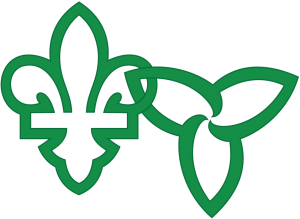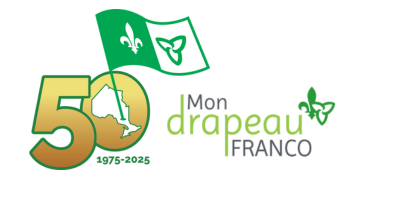Visit the monuments to la francophonie


Conseil des écoles publiques de l’Est de l’Ontario (CEPEO)
Monument location:
École élémentaire publique Charlotte-Lemieux
2093 Bel-Air Drive
Ottawa, Ontario K2C 0X2
Unveiled: September 25, 2007
Bernard Grandmaître, Honorary President of Monuments de la francophonie d’Ottawa
Bernard Bareilhe, President of the Conseil des écoles publiques de l’Est de l’Ontario
This project was carried out by District 1 of Richelieu International.
The Richelieu Society was founded in Ottawa in 1944. It was renamed the Richelieu International in 1955 and incorporated 275 service clubs in seven districts and in a dozen francophone countries. The Society promotes la Francophonie and francophone culture through sociocultural and humanitarian efforts and youth involvement. District 1 has 20 clubs that cover Ottawa, Outaouais and eastern Ontario.
The Conseil des écoles publiques de l’Est de l’Ontario was created in 1998. It covers 37 000 square kilometers and has 23 elementary schools, 12 secondary schools, a school for adults and a training and education centre. The centre de formation et d’éducation provides high-quality education for anyone who wants to study in French.
The Franco-Ontarian Flag
The Franco-Ontarian flag was created in 1975. It consists of two sections; the left section features a white fleur-de-lys (representing la Francophonie) on a green background, and the right section features a green trillium flower (representing Ontario) on a white background. The flag was recognized as an official symbol of Ontario by the Ontario Government in 2001.
Racial and ethnocultural minorities in Ottawa
Ottawa and the surrounding area is one of the three regions of Ontario with the most residents that identify as racial and ethnocultural minorities. These individuals have played an increasingly important role in Ontario’s francophone communities and they have contributed significantly to the development of the Francophonie. According to Statistics Canada’s 2001 Census of Population, about 71% of francophone minority immigrants chose to settle in Ontario. Of these, 19 135 francophones belonging to racial minority groups moved to eastern Ontario. There are also numerous organizations that represent these minorities.
Francophone immigration
More than a third of francophone immigrants from Africa arrived in Ontario after 1996, whereas most European immigrants arrived in Canada much earlier. Regardless of whether they came from Europe, Africa, Asia or the Middle East, francophone immigrants have been successfully integrated into Ottawa’s francophone community. Although French isn’t the first language of every immigrant, it has become a commonly used language. Recently there has been an increase in immigration from the Caribbean (especially Haiti), the Congo, Rwanda, Burundi, Djibouti and Somalia.
The presence and contributions of francophone immigrants in Ottawa: culrual and artistic diversity
The demographics of Ottawa’s francophone community have changed significantly since the late 1980s. The community now benefits from the presence of francophone racial and ethnocultural minorities who come to Ottawa from all across the world. They play a large role in Ontario’s Francophonie. Increased immigration has had an impact on literature and Franco-Ontarian art. Every February during Black History Month, Canadians reflect on and learn about the contributions of Black communities and individuals.
Schools: the advantages of a multi-ethnic student body
The scale of francophone immigration in Ontario is a challenge and an opportunity for Ontario, and in particular for French-language schools that have a large proportion of children with immigrant parents. Having access to education and training at all stages of life (from daycare to post-secondary institutions) is critical to the successful integration of immigrants. Schools play a large role in developing a feeling of belonging and encouraging young people to become leaders in their communities. French-language public schools in Ottawa attract a diverse group of students. For example, over 80% of the students at the école élémentaire publique Charlotte-Lemieux come from immigrant families.
